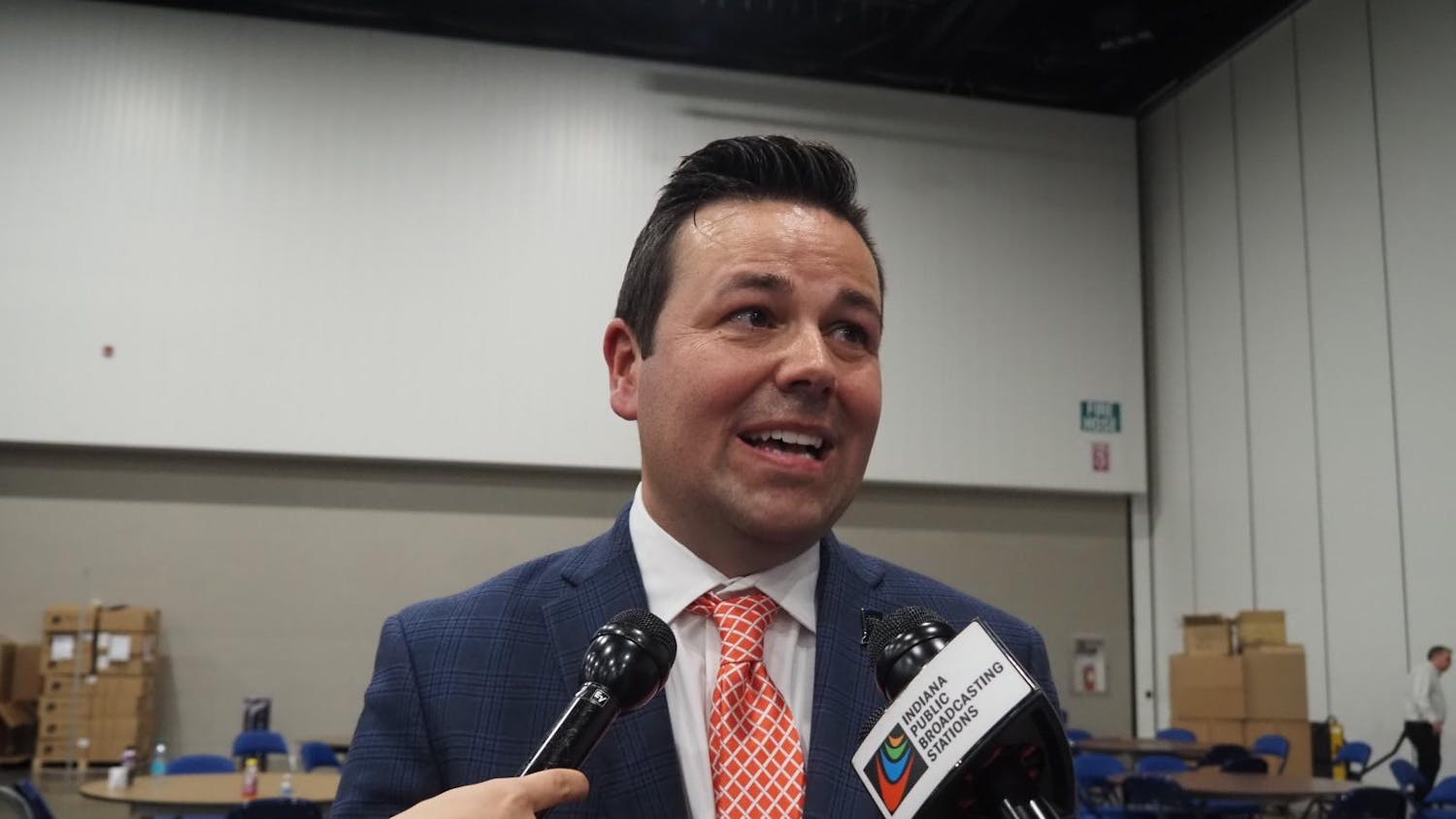As Susan Schaller silently mouthed a conversation with the audience at the start of her lecture Friday, she fascinated many audience members and frustrated a few others.\nBut as she made the transition into American Sign Language, part of the crowd that could understand her became a little less confused, while a few commented they hoped the silent communication would not continue throughout the entire speech. Finally, breaking the silence, Schaller said, “So what does it feel like when you’re expecting something and you get nothing?”\nSchaller, author of “A Man without Words,” gave a lecture titled “Languagelessness, the Critical Period and Adult Language Acquisition: Ildefonso’s Story” Friday at the Speech and Hearing Building. She discussed topics such as her experience with Ildefonso – a deaf man who had no language until the age of 27 – what to do to teach a “languageless” person to communicate and what parents should do to help prevent their deaf child from growing up without a language.\n“I thought the speech was pretty interesting, learning how people cope with deafness,” said Kris Hill, a freshman taking his first course in American Sign Language.\nSchaller made the point that when deaf people watch hearing people speak, all they see is lips moving, like the audience saw when she first walked in. Therefore, she said, when deaf babies are born into a hearing family, they don’t pick up language because they cannot hear anyone speak. The family needs to make an effort to teach them a language, she said. All babies have the ability to pick up sign language before they speak English or any other spoken language.\n“If you didn’t know there was sound and didn’t know there were signs, it would be difficult because you didn’t know there was language,” Schaller said.\nSchaller said this was the case with Ildefonso. He would make up symbols, watch other people fixedly and mimic them, but he didn’t understand when people tried to communicate with him or that language existed.\n“I was incredibly frustrated because nothing worked,” Schaller said. “I would draw a picture, he would draw the same picture, but he never got the idea that I was trying to talk to him.”\nSchaller said because of her failed efforts to help Ildefonso understand, sometimes she did not expect him to show up the next day, but he did.\n“And then I had an idea that may be the only great idea I’ll ever have in my entire life,” Schaller said.\nSchaller said she saw how intensely he studied and observed people, so she chose to ignore him. She made a “pretend Ildefonso” and acted out the personalities of both teacher and student in such a way as to make him understand what he needed to do. But it didn’t work and “there were times he looked at me with pity,” Schaller said, eliciting chuckles from the crowd.\nSchaller said Ildefonso’s final breakthrough, the eventual reaction of, “Oh, you mean everything has a permanent name?” brought her to Indiana. She said Ildefonso is not alone in his situation, which has happened to more than 100,000 people all over the world. \n“All human babies need language from the crib! From day one!” she said. “No baby should even go a month without language.”\nSign language instructor Mike Jackson said he thought the speech was good. \n“Sign language should be part of a baby’s world,” Jackson said, explaining the importance of discussing “colonialism on deaf culture.”
Author speaks about importance of sign language
Get stories like this in your inbox
Subscribe





